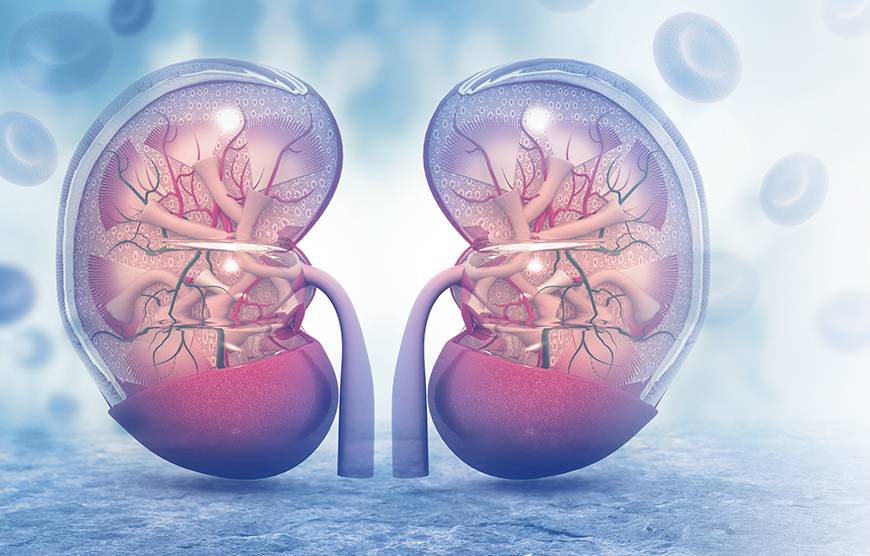Minimally Invasive Treatment of Urinary Tract Stones
Urinary tract stones that are not amenable to conservative management, can be treated by the following techniques

ESWL
URS – Ureteroscopy
A ureteroscopy is done with a ureteroscope, a semi-rigid long, thin viewing tube that has tiny lens and a light one end. In general, there are two ways to perform ureteroscopy for stones:
- If the stone is small, your doctor will insert a scope into the ureter to remove the stone. The type of scope used in this procedure will have a small basket at the end of a wire that is run through an extra channel in the ureteroscope. The basket is used to collect the stone.
- In cases when the stone is larger, your doctor will extend a flexible laser fiber through the scope up to the stone. With a laser beam shining through the scope, the doctor will break the stone into pieces small enough to be passed out of the body with urine. (Laser lithotripsy)
Ureteroscopy is usually done on a day surgery basis under general anaesthesia.
Risk
There is a small chance of infection, bleeding, or injury to the ureter. lf the ureter is too small, a stent may be left in place for one or two weeks to keep the ureter open and then the procedure is performed at a later date.
A video that illustrates this procedure can seen here:
RIRS – Retrograde intrarenal surgery
Retrograde intrarenal surgery (RIRS) is a procedure for doing surgery within the kidney using a flexible ureteroscope.
In RIRS the scope is placed through the urethra (the urinary opening) into the bladder and then through the ureter into the urine-collecting part of the kidney. The scope thus is moved retrograde (up the urinary tract system) to within the kidney (intrarenal). RIRS may be done to remove a stone. The stone is seen through the scope and can then be fragmented by a laser fibre or removed by small forceps or baskets.
The procedure is usually done under general anesthesia, as a day surgery procedure or with an overnight stay.
Risk
These include :
- Failure to pass the ureteroscope up to the kidney because of tightness of the ureter. In this situation, the urologist will insert a stent. The ureter will relax and the inner diameter will enlarge in response to the stent. RIRS can then be performed a week or two later.
- Failure to fragment the stone – This can happen when the stone is the lower pole of the kidney and the angle is too acute for the ureteroscope to negotiate and visualise the stone for fragmentation.
- Blood in the urine
- Urinary tract infection
- Injury to the ureter resulting delayed scarring and narrowing (ureteral stricture)

PCNL – Percutaneous nephrolithotomy
Percutaneous nephrolithotomy (PCNL) is a procedure used to remove kidney stones from the body when they can't pass on their own. A scope is inserted through a small incision in your back to remove the kidney stones.
PCNL is used most often when kidney stones are too difficult to reach, too large, too numerous, or too dense to be treated by shock wave lithotripsy or ureteroscopy.
Percutaneous nephrolithotomy is typically recommended in the following situations:
- Large kidney stones are blocking more than one branch of the collecting system of the kidney (known as staghorn kidney stones)
- Kidney stones are larger than 2 centimeters in diameter
- Large stones in the upper ureter near the kidney
- Other therapies have failed

Risk
The most common risks from percutaneous nephrolithotomy include the following:
- Bleeding
- Infection
- Injuries to the kidney or other organs
- Incomplete stone removal
A video that illustrates this procedure can seen here:






